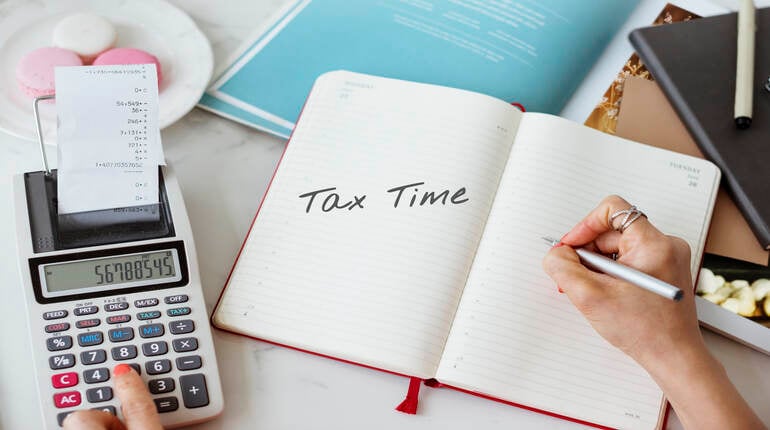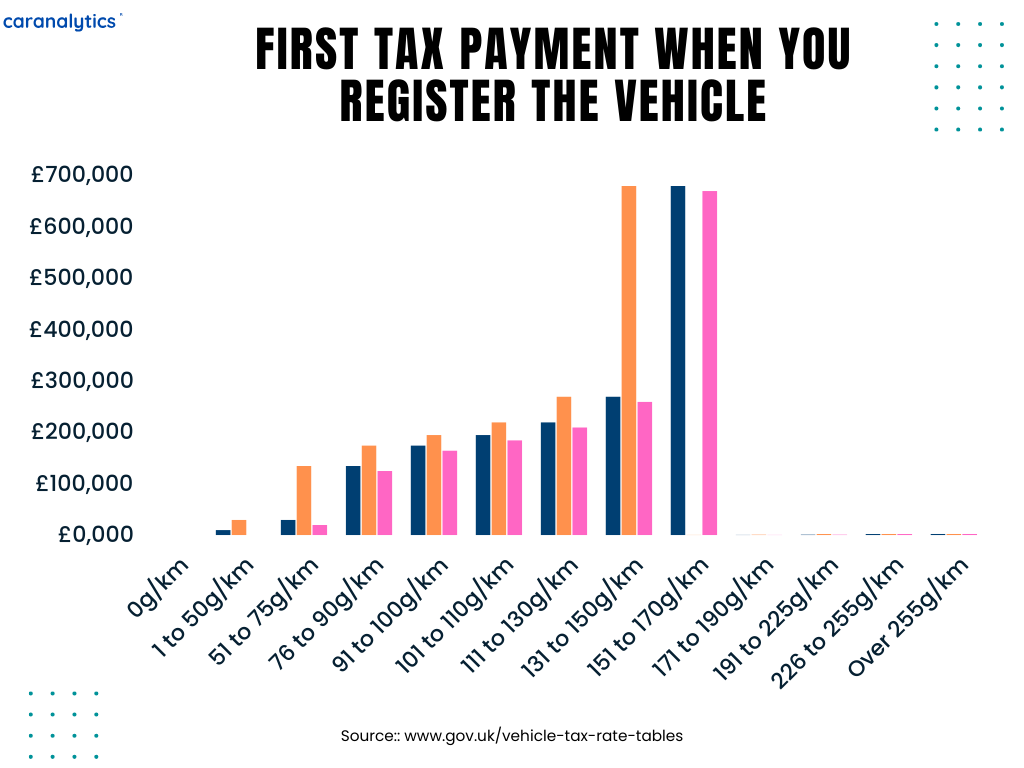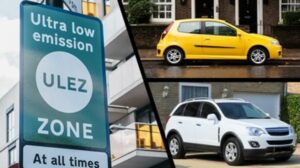Taxing your car in the UK is important for all car owners. Whether you are driving a new or vintage car, ensuring your vehicle is adequately insured is not only a legal requirement but essential to staying safe on the road and in compliance with the law.
In this comprehensive guide, we will walk you through the process of taxing your car at every step, covering everything from understanding vehicle tax rates to completing online forms.
Understanding car taxes:
Before diving into the tax system, it is important to understand how car tax works in the UK. Vehicle tax, also known as road tax or vehicle excise duty (VED), is a tax levied on most types of vehicles, whether used on public roads or not.
The tax you pay depends on several factors, including the type of fuel in your car, CO2 emissions, engine size and when it was booked.
Low-carbon vehicles or alternative fuels attract lower tax rates, while higher-carbon or large-engine vehicles are subject to higher rates.
How do I pay taxes on a new car?
Taxing a new car in the UK requires a simple process. When you buy from a dealership, they usually handle the title and may offer you a tax on the vehicle.
Alternatively, check the Driver and Vehicle Licensing Agency (DVLA) website to obtain your Vehicle Registration Certificate (V5C) from the dealer.
Include vehicle description, registration number, make/design, then choose a payment option. This usually involves payment by debit or credit card.
Upon completion of the transaction, you will receive a certificate and, if applicable, a tax cycle. Display the tax wheel on your car’s windshield as proof of tax. This ensures compliance with UK road rules and allows you to legally enjoy your new car on the road.
How do I pay tax on a used car?
To pay tax on a used car in the UK, start by obtaining a Vehicle Registration Certificate (V5C), also known as a logbook, from the dealer. With this form in hand, visit the official Driver and Vehicle Licensing Agency (DVLA) website.
You can pay your tax online, by entering the required vehicle details, such as registration number and make/design.
Select your preferred method of payment, usually debit or credit card, and follow the instructions to complete the transaction. Once the payment is processed, you will receive a confirmation email and a tax cycle, if applicable.
Display the toll wheel on the vehicle windshield as proof of toll. This ensures compliance with UK road rules and allows you to legally drive your used car on public roads.
Also, when buying a used car get an online car tax check to see the tax details of the vehicle.
How can I file my car tax over the phone?
Yes, in the UK, you can pay your car tax over the phone. The Department for Drivers and Vehicle Licensing (DVLA) offers a dedicated mobile service for paying vehicle tax.
Call the DVLA’s telephone number to pay vehicle tax and follow the prompts to provide details and payment details of your vehicle. Once you have processed the payment over the phone, you will receive a tax receipt. This option provides a convenient alternative for those who prefer to pay by phone rather than online or in person.
Renewing your car tax annually:
Car tax in the UK is usually renewed annually, which means you will need to repay the tax each year to keep your car in legal status.
The DVLA sends reminders to car owners when their tax is due anew, usually by email or post. However, it is ultimately the owner’s responsibility to ensure their vehicle tax is renewed in a timely manner to avoid potential penalties or enforcement action.
How much is my car taxed?
The amount you pay for vehicle tax (Vehicle Excise Duty, or VED) in the UK depends on a number of factors, including the age of your vehicle, its CO2 emissions, fuel type and price tag.
The recent changes in factor tax legislation can be divided into four categories:
Vehicles to be registered by March 1, 2001
If your car has an engine size of around 1549cc (1.5 litres), the annual car tax is £180.
For cars with engine sizes over 1549cc, the annual car tax bill is a whopping £295.
Registration will run from March 1 2001 to March 31 2017
If your vehicle is registered before or after April 1, 2017, you will generally pay lower tax due to CO2 emissions and type of fuel.
Vehicles registered on or after April 1, 2017
Depending on your CO2 emissions and type of fuel, it will pay different amounts in the first year. A year later:
The “standard” price for petrol and diesel cars is £180.
Cars using the new fuel will pay £170.
If a car is worth more than £40,000, it will have to pay an additional £390 every five years until it becomes emission-free.
Register after April 1
With the increase in the cost of new cars, the first-year tax on a new car can range from £0 to £2,605, depending on the carbon dioxide emissions. After the first year, the annual charge for all vehicles will be flat at £180 for petrol and diesel cars and £170 for alternative fuel vehicles.
By April 2018, some new diesel vehicles may need help complying with the new Real Driving Emissions 2 (RDE2) nitrogen oxide (NOx) standards, which aim to encourage people to move away from cars. Diesel was the biggest part of this car’s business. A tax regime should be initiated, especially for larger cars with diesel engines.
Your vehicle is free from all vehicle taxes if it was manufactured before January 1, 1978.
Conclusion:
Paying tax on your car in the UK is easy. You can complete the process online or through another payment method.
By understanding your vehicle’s toll rate, following the required upgrade steps, and disclosing your toll cycle accordingly, you can ensure your vehicle complies with UK road regulations.
Remember to renew your car tax annually and stay current on any tax rate changes or rules to avoid any problems with enforcement authorities.







